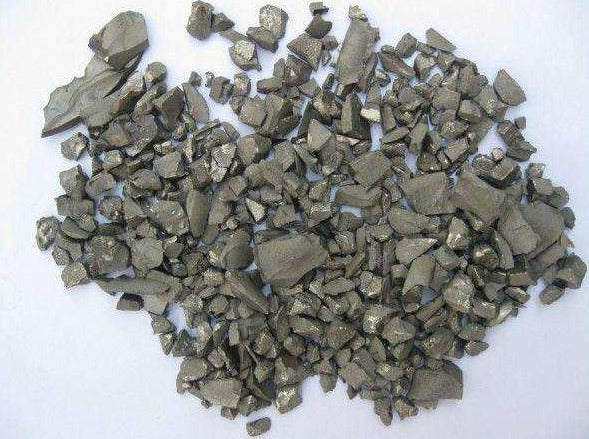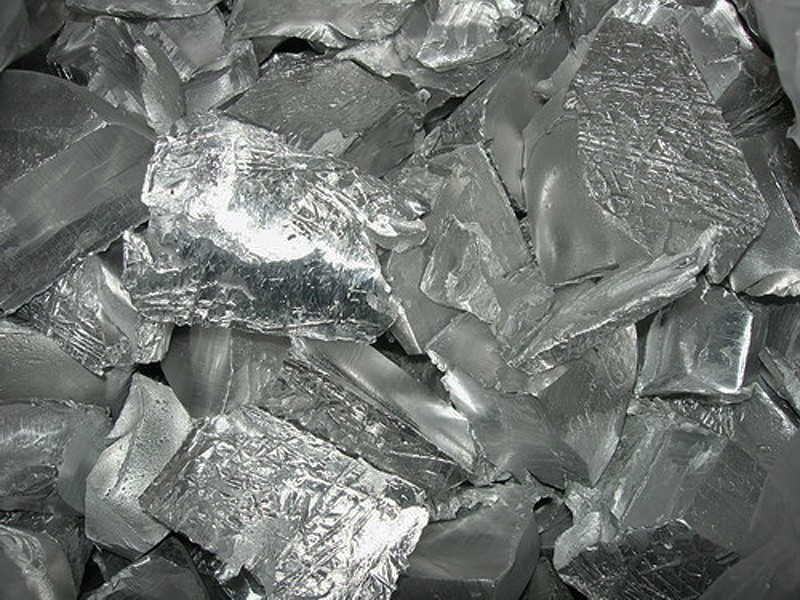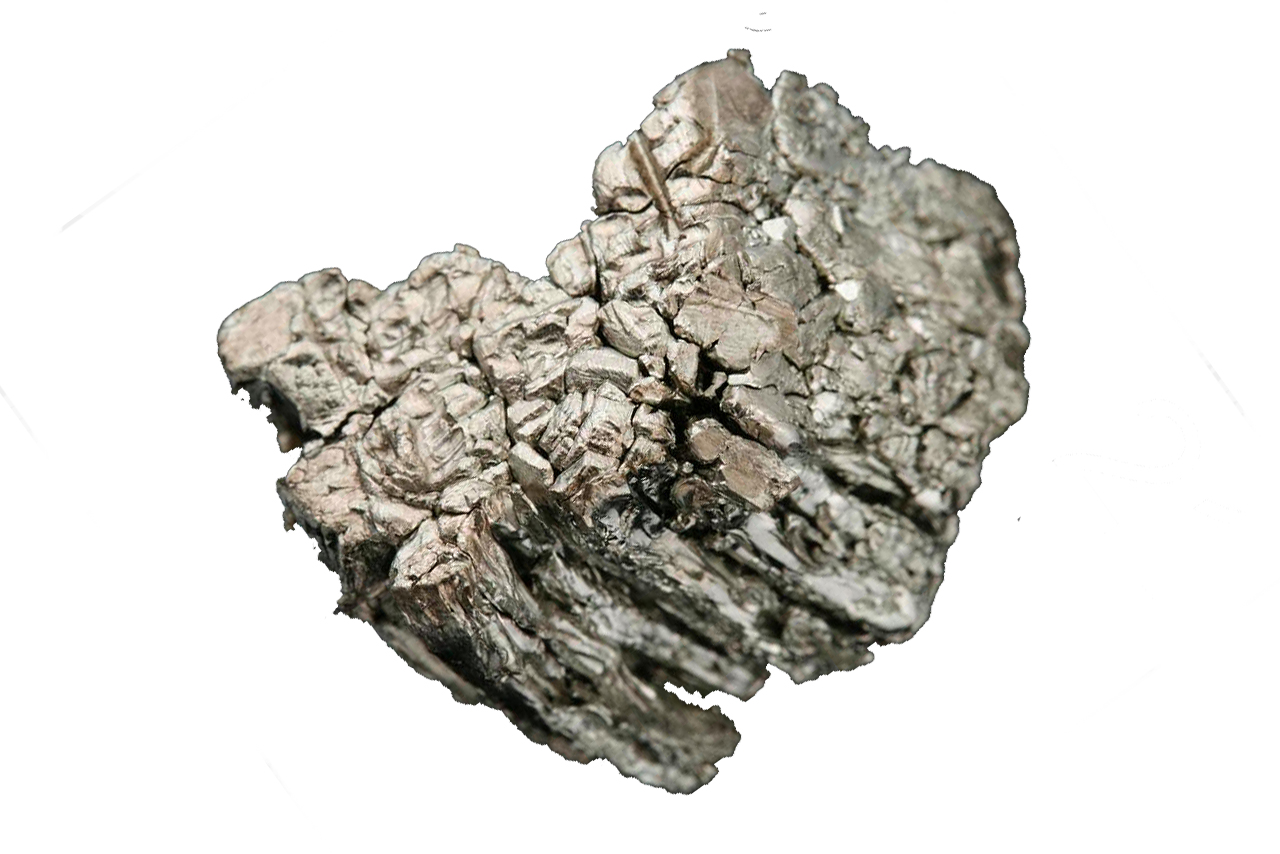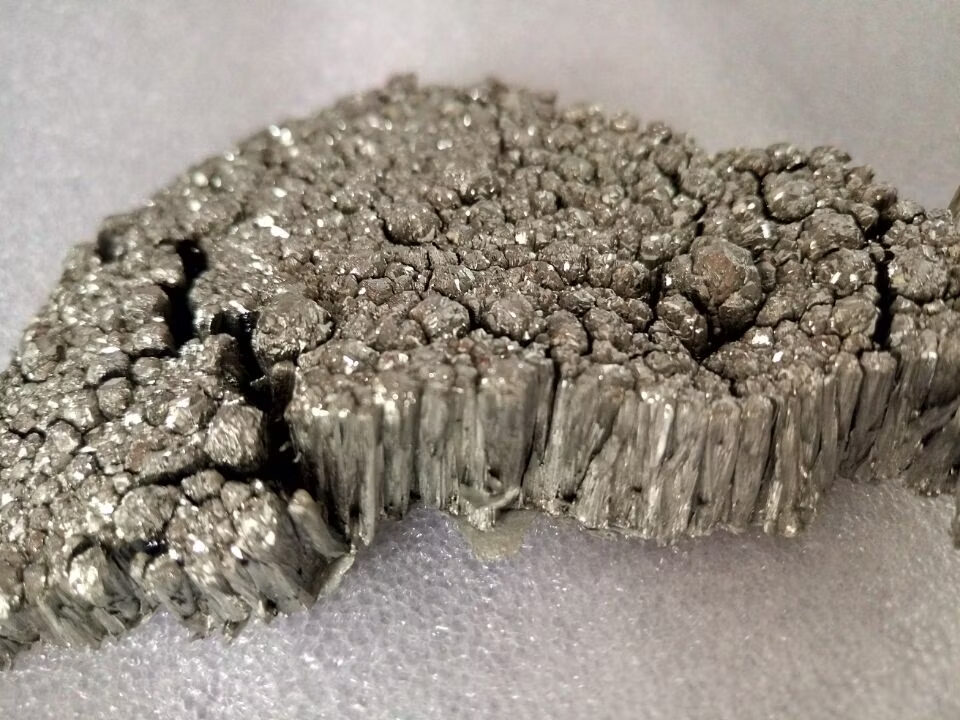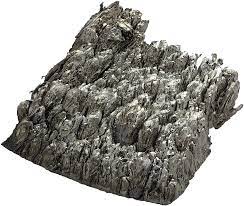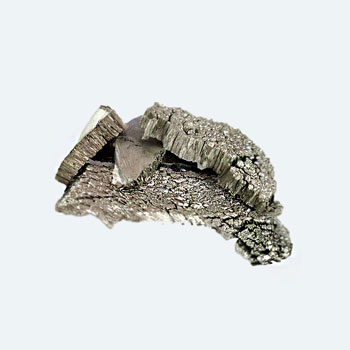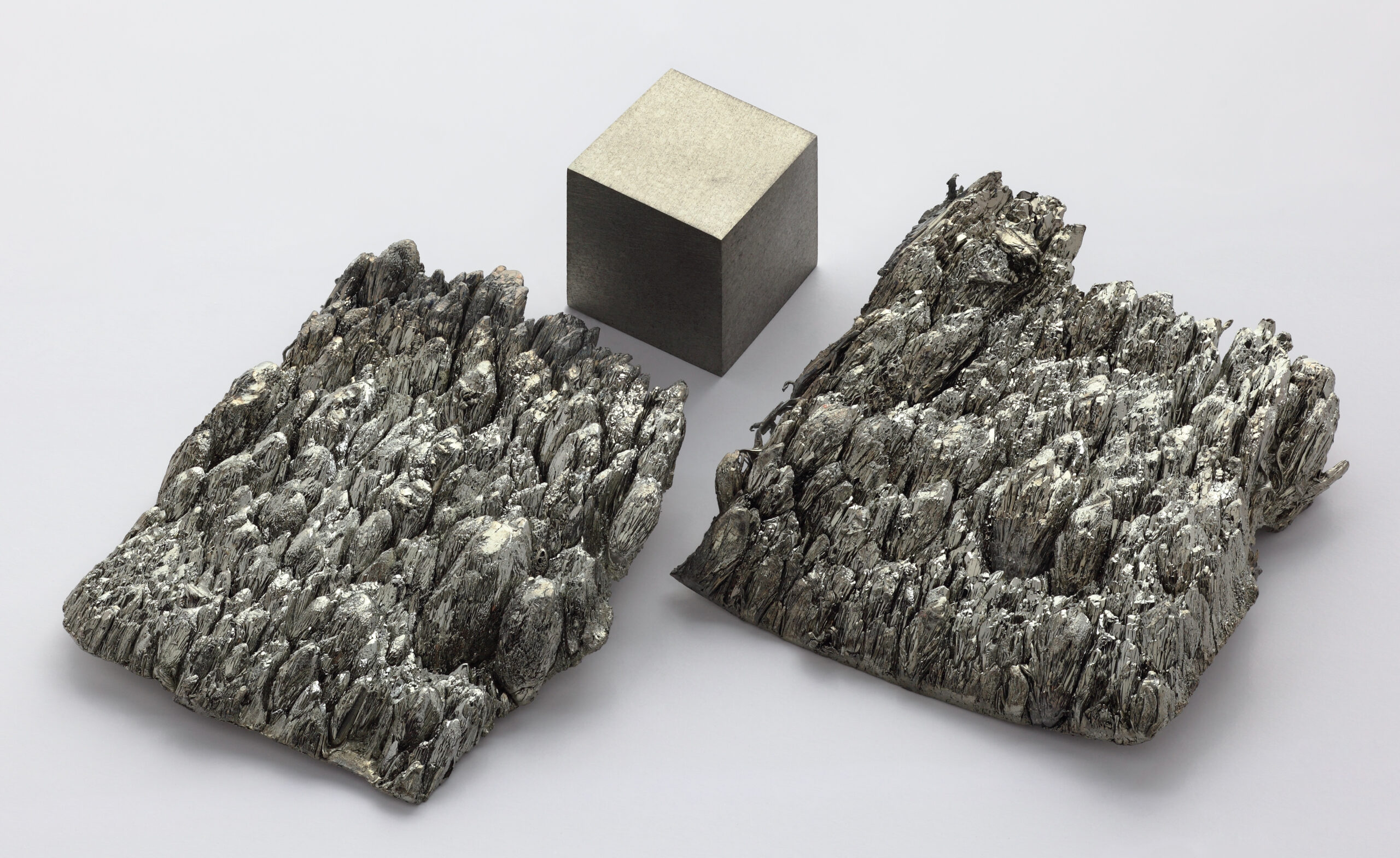Description
Scandium is a silvery-white metallic element that holds the atomic number 21 on the periodic table. Often categorized as a rare earth element, scandium is found in trace amounts within various minerals, such as thortveitite and gadolinite. Despite its rarity, scandium plays a significant role in various industrial applications due to its unique properties. It exhibits high melting and boiling points, excellent corrosion resistance, and strength, making it an ideal candidate for use in alloys, particularly in the aerospace industry. For instance, aluminum-scandium alloys are known for their lightweight and high strength, which enhances aircraft performance and fuel efficiency.
Furthermore, scandium’s role in the field of electronics cannot be understated. Its compounds are utilized in the production of solid oxide fuel cells, which are a promising technology for clean energy applications. Scandium oxide is often used in ceramic materials to improve their thermal stability and durability. Additionally, research has indicated that scandium can be beneficial in improving the efficiency of certain lighting technologies, including high-intensity discharge lamps.
Despite its potential, the extraction and processing of scandium remain challenging due to its scarcity and the economic viability of its production. Most scandium is sourced as a byproduct from the mining of other metals, which can limit its availability. As industries seek to innovate and enhance efficiency, the demand for scandium is expected to grow. This has prompted ongoing research into new extraction methods and the potential for recycling scandium from existing materials. As technology advances, scandium may increasingly become a critical component in the quest for lighter, stronger, and more sustainable materials across a wide range of applications.
